When it comes to being prepared for emergencies on the road, having a well-stocked vehicle preparedness kit is essential. However, many people overlook important items that can make a significant difference in a crisis situation. Take a look at these commonly forgotten things that really should be in your vehicle emergency kit.
1. Forgetting to Include a First Aid Kit
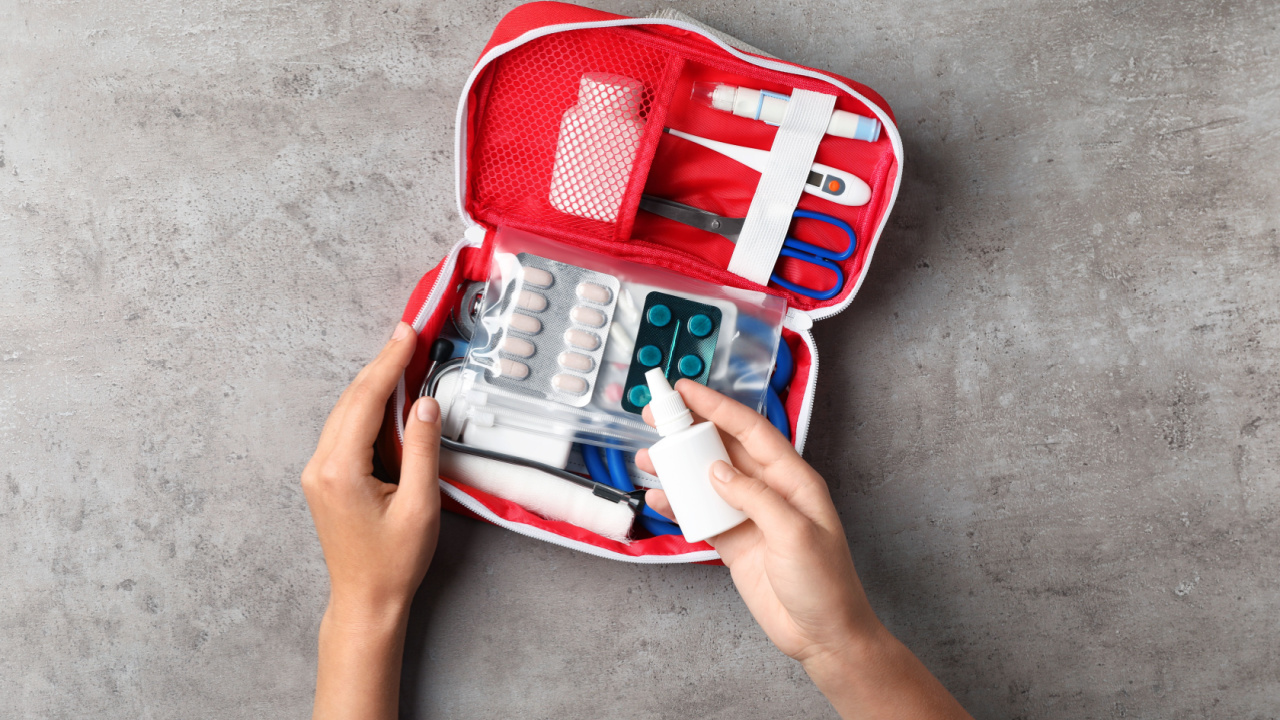
A comprehensive first aid kit is a must-have for any vehicle preparedness kit. Make sure to include items like bandages, antiseptic, pain relievers, and any prescription medications your family needs. Don’t forget to check and replace expired items regularly.
2. Not Storing Enough Water
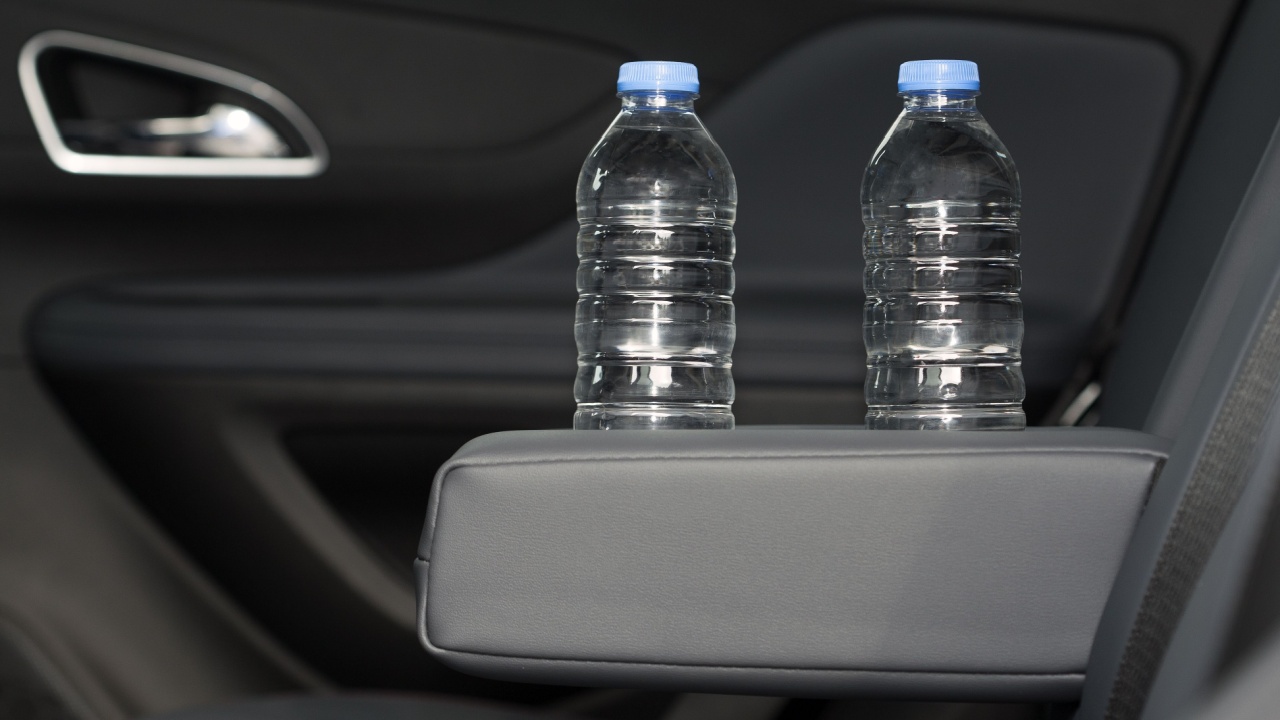
In an emergency situation, access to clean drinking water is crucial. Store at least one gallon of water per person per day in your vehicle, and don’t forget to include a water filtration system or purification tablets in case you need to source water from outside your vehicle.
3. Overlooking the Importance of Non-Perishable Food

Include a supply of non-perishable, high-energy food items in your vehicle preparedness kit. Good options include energy bars, nuts, dried fruit, and jerky. Make sure to rotate your food supply regularly to ensure freshness and replace any items that may have been exposed to extreme temperatures.
4. Failing to Include a Means of Communication

In an emergency situation, being able to communicate with others is essential. Include a mobile phone with a spare battery or a solar charger in your kit, as well as a two-way radio or satellite communication device. Don’t forget to include a list of important phone numbers and emergency contacts.
5. Not Having a Plan for Shelter

If you find yourself stranded or forced to evacuate your vehicle, having a plan for shelter is crucial. Include items like an emergency blanket, a tarp, and a portable tent in your vehicle preparedness kit. Make sure to also include warm clothing and rain gear.
6. Forgetting to Include a Means of Starting a Fire

In a survival situation, being able to start a fire can be a lifesaver. Include items like matches, a lighter, and fire starters in your vehicle preparedness kit. Make sure to store them in a waterproof container and practice using them before an emergency situation arises.
7. Not Including a Multi-Tool or Toolkit
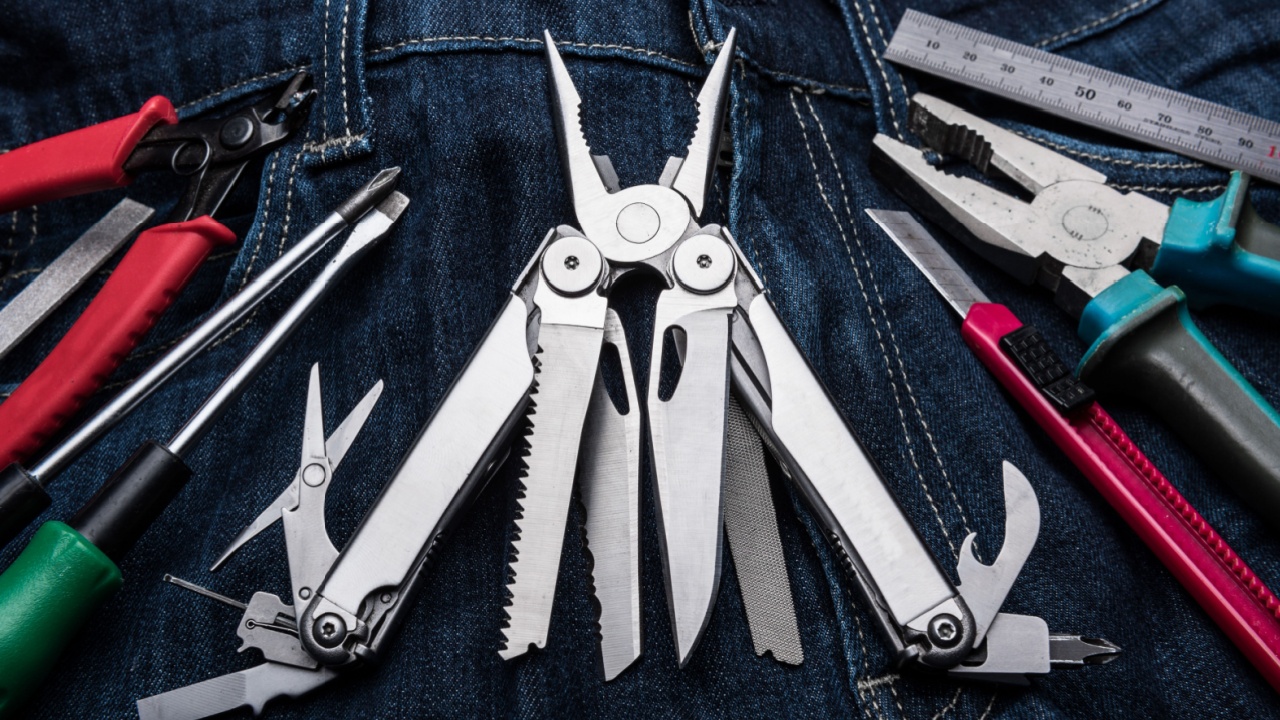
A high-quality multi-tool or toolkit can be invaluable in an emergency situation. Include items like pliers, a knife, a screwdriver, and a wrench in your vehicle preparedness kit. Make sure to also include duct tape, rope, and a flashlight with extra batteries.
8. Overlooking the Importance of Personal Hygiene Items

Maintaining personal hygiene is important for both comfort and health in an emergency situation. Include items like hand sanitizer, wet wipes, and a small supply of toilet paper in your vehicle preparedness kit. Don’t forget to also include any necessary feminine hygiene products.
9. Failing to Include a Spare Tire and Tire-Changing Tools
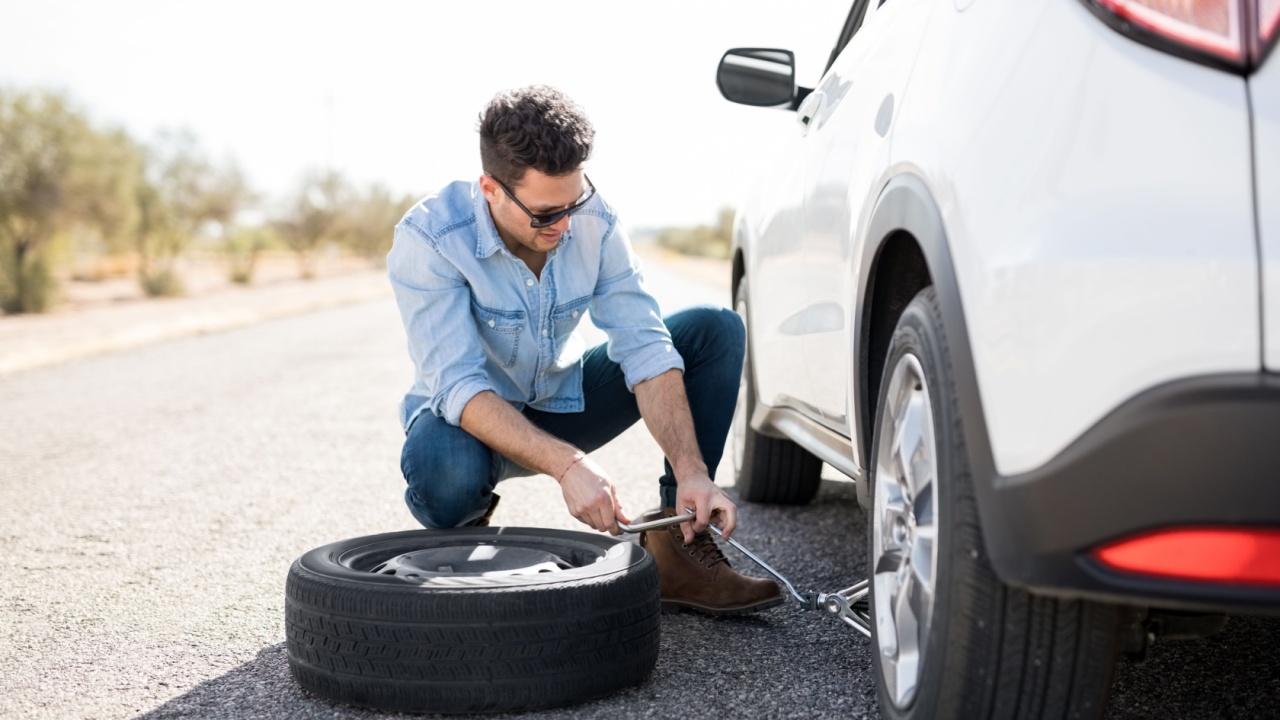
A flat tire can quickly turn into an emergency situation if you’re not prepared. Make sure to include a spare tire, a tire iron, and a jack in your vehicle preparedness kit. Regularly check the air pressure in your spare tire and replace it if necessary.
10. Not Including a Means of Signaling for Help

If you find yourself stranded in a remote area, being able to signal for help can be a lifesaver. Include items like a whistle, a mirror, and flares or a high-visibility flag in your vehicle preparedness kit. Make sure to also include a copy of your itinerary and let someone know your planned route before setting out.
11. Forgetting to Include Cash and Important Documents
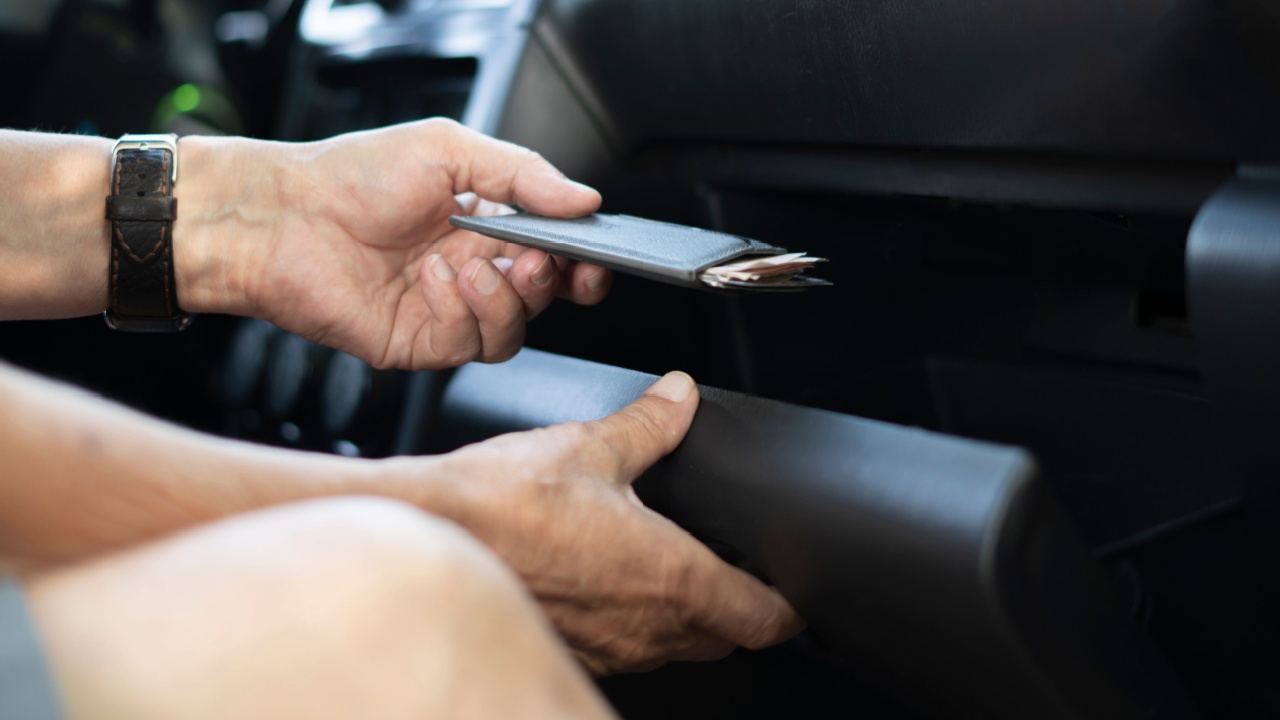
In an emergency situation, access to cash and important documents can be crucial. Include a small supply of cash, as well as copies of your driver’s license, insurance information, and any necessary medical information in your vehicle preparedness kit. Make sure to store them in a waterproof and secure location.
12. Not Including a Means of Charging Electronic Devices

In an emergency situation, being able to charge your electronic devices can be essential for communication and navigation. Include a car charger, a portable battery pack, and a solar charger in your vehicle preparedness kit. Make sure to also include any necessary cables or adapters.
13. Overlooking the Importance of a Paper Map and Compass
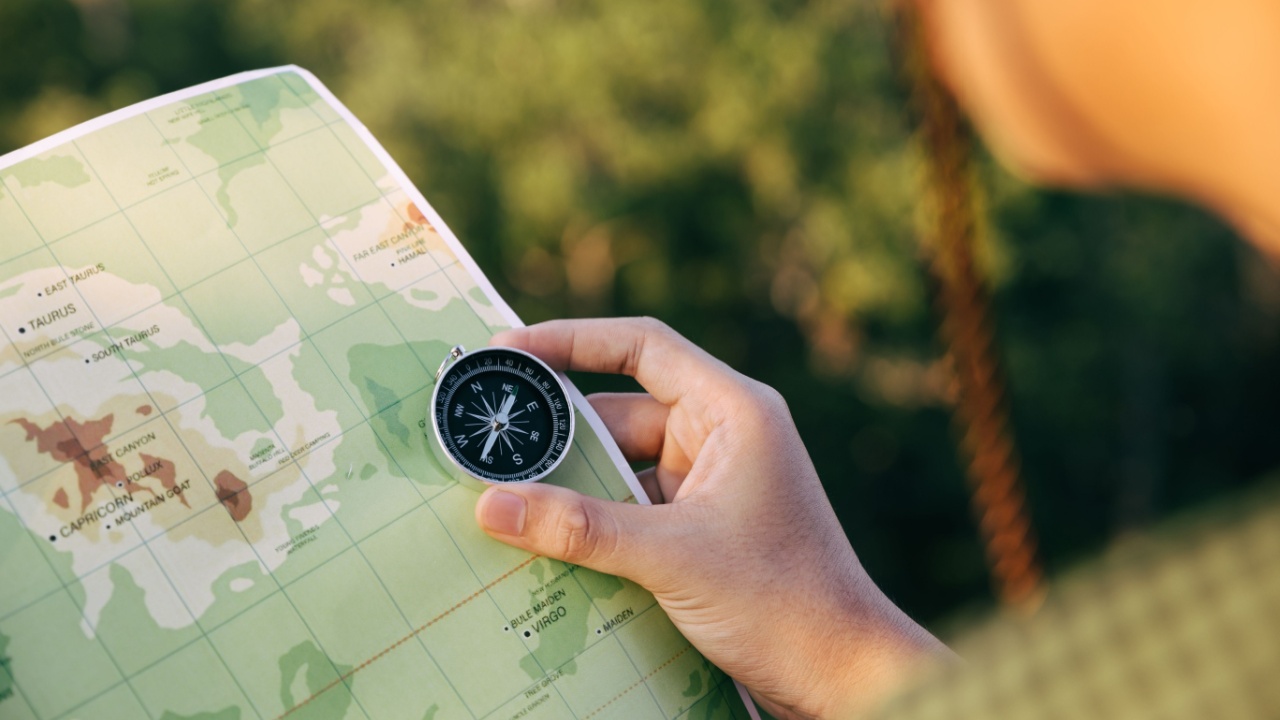
While GPS technology is convenient, it can fail in an emergency situation. Include a paper map of your local area and a compass in your vehicle preparedness kit. Make sure to familiarize yourself with basic navigation skills before an emergency situation arises.
14. Failing to Include a Means of Staying Warm

In a cold weather emergency situation, being able to stay warm is crucial for survival. Include items like hand warmers, a sleeping bag, and extra blankets in your vehicle preparedness kit. Make sure to also include warm clothing like a hat, gloves, and a heavy coat.
15. Not Regularly Checking and Updating Your Kit

One of the most common oversights in vehicle preparedness is failing to regularly check and update your kit. Make a habit of checking your kit at least twice a year and replacing any expired or damaged items. Make sure to also update your kit as your needs and circumstances change, such as when you have a new family member or take up a new hobby.
14 Pieces of Outdated Money Advice That Can Derail Your FIRE Plan

FIRE – Financial Independence, Retire Early. That’s the dream, right? Quit the rat race and live life on our own terms. It’s totally doable. Plenty of people join the FIRE movement and manage to retire pretty quickly. And there’s a LOT of advice out there on how to do it. Sadly, much of the advice is outdated or just plain bad.
12 Money Mistakes That Can Leave You Vulnerable in a Crisis

In times of uncertainty, financial stability is more crucial than ever. While prepping for physical emergencies is vital, don’t overlook financial prepping. Avoiding these common money mistakes can help make sure you’re in a stronger position to weather any storm.
25 Winter Foraging Foods to Save Money on Your Grocery Bill

Preparing for a recession is more important than ever in these uncertain times. I understand the challenges and fears you might face, so I’ve compiled these 25 actionable tips to recession-proof your prepping plans. Each suggestion can help you stay ahead, ensuring that you’re surviving and thriving, even in tough economic times.

